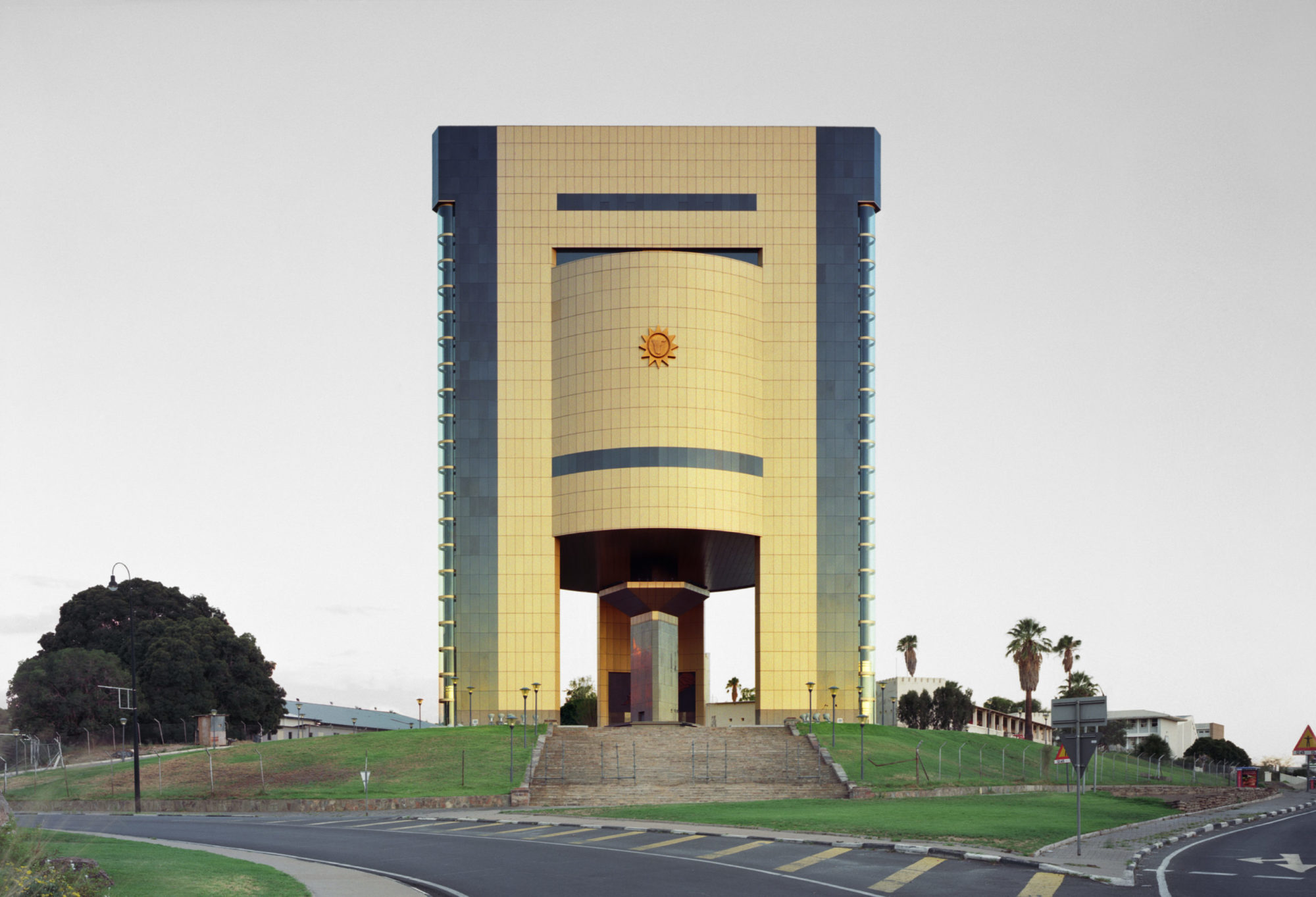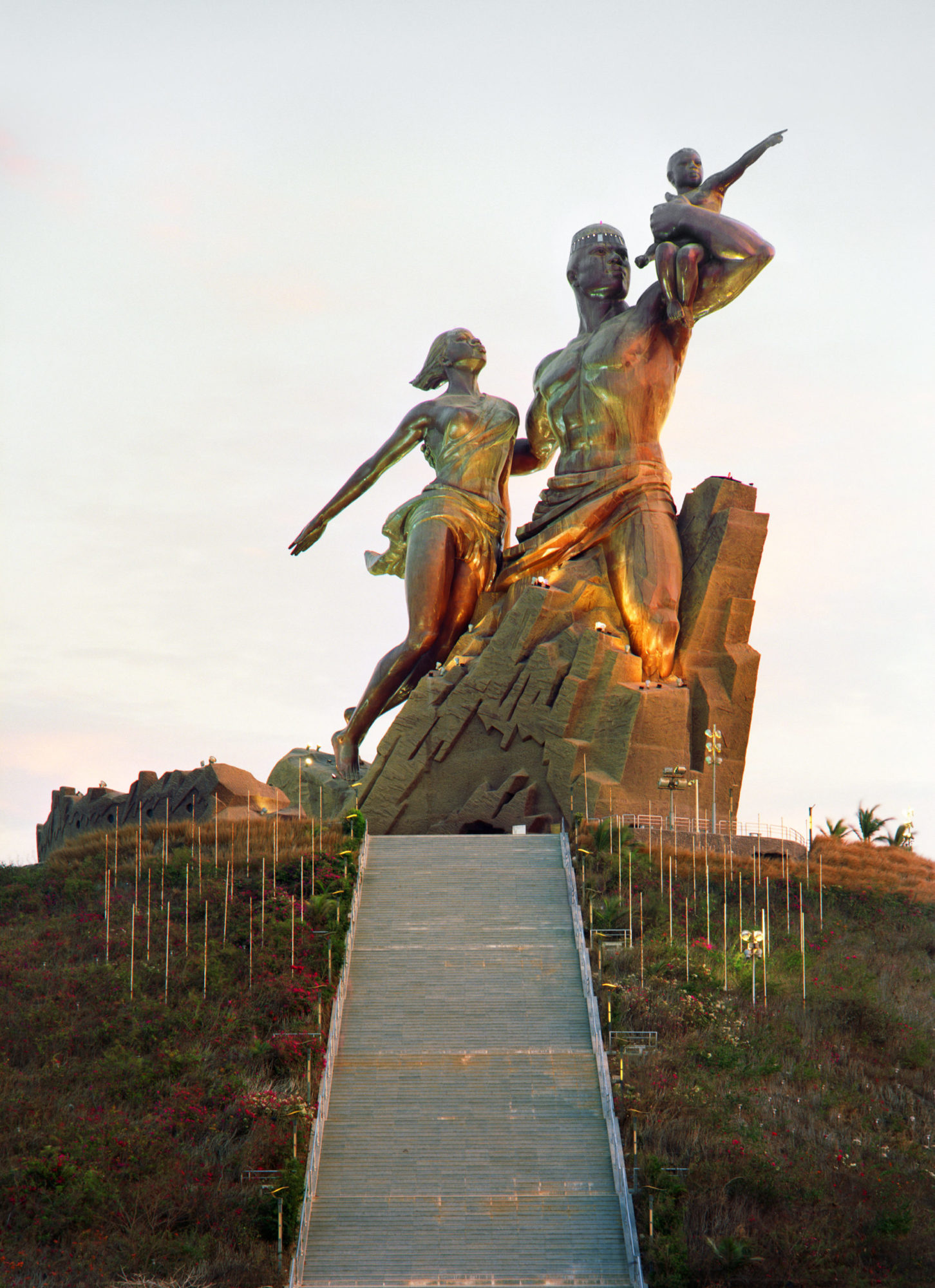Che Onejoon

Che Onejoon, Independence Memorial Museum Under Construction, Windhoek, Namibia, 2013, digital C-print, from the series of photographs commissioned by Musée du quai Branly, Paris, 23 5/8 x 33 7/8 in. [courtesy of the artist]
Share:
This text originally appeared in ART PAPERS Fall/Winter 2020, Monumental Interventions, as part of a special dossier highlighting seven artists who have fought—and continue the fight—to transform their public spaces by uncovering suppressed histories, resisting oppression, and telling formerly silenced truths.
***
Che Onejoon is a Seoul-based photographer, filmmaker, and installation artist who explores the sociopolitical relationships between North Korea’s government and the rest of the world. Che’s photographs often depict vacant built environments. These sculptural and architectural subjects reveal the shifting dynamics of political power and complex international relationships. His past series have documented buildings abandoned to decay by the South Korean government, and the rapid demolition of Seoul’s red-light district after South Korea’s outlawing of prostitution in 2004, among other subjects. The Mansudae Master Class (2013–ongoing) is a multimedia project that culminated in a film documenting North Korean–made monuments designed and built by the Mansudae Art Studio in Pyongyang for various countries in Africa. Che’s project exposes the monuments as North Korean propaganda used to covertly influence international diplomacy and economics through seemingly benevolent acts.
Che Onejoon, African Renaissance Monument, built 2010, Dakar, Senegal, 2013, digital C-print, from the series of photographs commissioned by Musée du quai Branly, Paris, 20 1/16 x 26 in. [courtesy of the artist]
Che Onejoon, Mansudae Master Class (still), 3-Channel HD video, 40 min., 2018 [courtesy of the artist]
Mansudae Master Class follows Che as he investigates one of the largest art-producing studios in the world and its foreign commercial projects. The Mansudae Studio’s Overseas Project Division is a multimillion-dollar business that has “gifted” monuments, museums, and large public buildings to various nations, the majority of which are in Africa. The film focuses on Zimbabwe, Namibia, and Senegal because of their strong political and economic ties with the North Korean government. The video centers on the superficial appearance of these monuments, highlighting the sculptures’ contrasting scale and style against their African landscapes. Che obscures the geographic and cultural contexts of the monuments to further emphasize the distinct socialist-realist style and uniformity of the structures across countries and cultures. Che’s project makes evident how monuments are political tools that can manipulate, erase, uncover, and idealize histories, not just in one’s own country but around the world.



